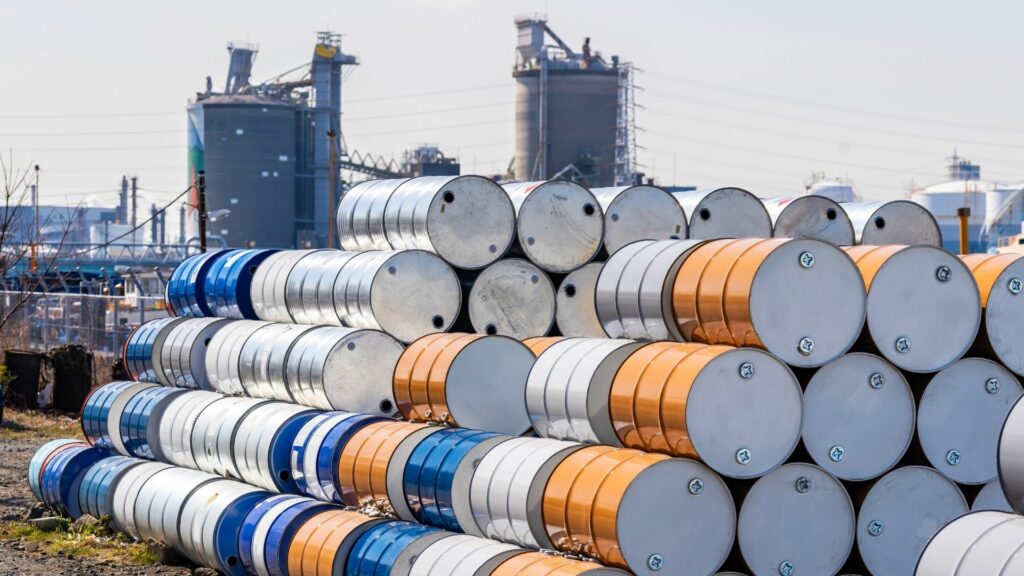Brent Crude surged more than 15% over the weekend due to the threat of a ban on Russian oil by the U.S. and Europe.
(Brent Crude refers to the price of crude oil forward contracts traded through the Brent Complex, a European oil market.)
Stocks are down, with major indices closing in correction territory this Monday.
Where is all this volatility coming from? Why do investors seem so pessimistic right now?
Essentially, it comes down to the fact that there is a lot of uncertainty surrounding the supply of crude oil in the world in the near future.
What will happen to the market if the oil supply is sharply reduced? Will different countries’ economies struggle and gas prices soar? Will any world leaders step in to alleviate the problem?
These are all questions that investors are asking themselves, causing oil futures prices to rise and stocks to fall.
So Why Are Gas Prices Increasing?

What does a possible ban on Russian oil have to do with gas prices here in the United States?
As we know from economics class, the more scarce a good is, the more expensive it becomes.
Oil is no exception to this rule.
If gasoline becomes more expensive to import to the U.S., then importers will have no choice but to raise prices for distributors.
And distributors will have no choice but to raise their prices as well, which will eventually translate into a price increase for the consumer at the gas pump.
What Can We Do About Gas Prices?

Luckily, many world governments are looking to stand up to Russia and protect the world economy.
The International Energy Agency, an alliance of countries that aims to defend against disruptions in the oil supply, has decided to release about 60 million barrels of oil in order to counteract the possible effects of a shortage caused by Russia.
The United States will be releasing about half of this total from its reserves.
The idea is that by physically bolstering the world’s oil supply, we can keep prices somewhat stable and avoid an economic crisis.
Are Any Other Investments Doing Well?

When the market starts to look shaky, many investors will pull their money out of stocks and derivatives and place it in “safe” investments like gold.
It looks like that’s what’s happening here as well, as gold has reached its highest price in years.
When Was the Last Time Oil Was This High?
Although the current oil price hasn’t touched its all-time high (yet), it’s inching ever closer.
In 2008, oil reached about $147, a result of the global economic crisis that occurred due to the collapse of the U.S. housing market.
Although we hopefully aren’t looking at economic consequences as strong as the ones in 2008, some economists believe that the Ukraine situation will be enough to drive oil prices above their all-time high.
What Happens Next?

Hopefully, the measures being taken by countries around the world will be enough to quell the threat of an economic crisis.
But there’s always a chance that things won’t go the way we want them to, and in this case, that means that the world’s economies could be looking at a period of stagflation.
Stagflation is when you have no economic growth (stagnation) combined with inflation.
Prices increase and the consumer’s dollar becomes less and less powerful, and there’s no growth to match the inflation.
This can lead to a serious economic downturn as the economy struggles to function normally.
Final Thoughts
Let’s not get too ahead of ourselves, though; the economy is still under control for the time being.
While it might be a pain to fill up at the gas station right now, keep in mind that these high prices won’t last forever.
